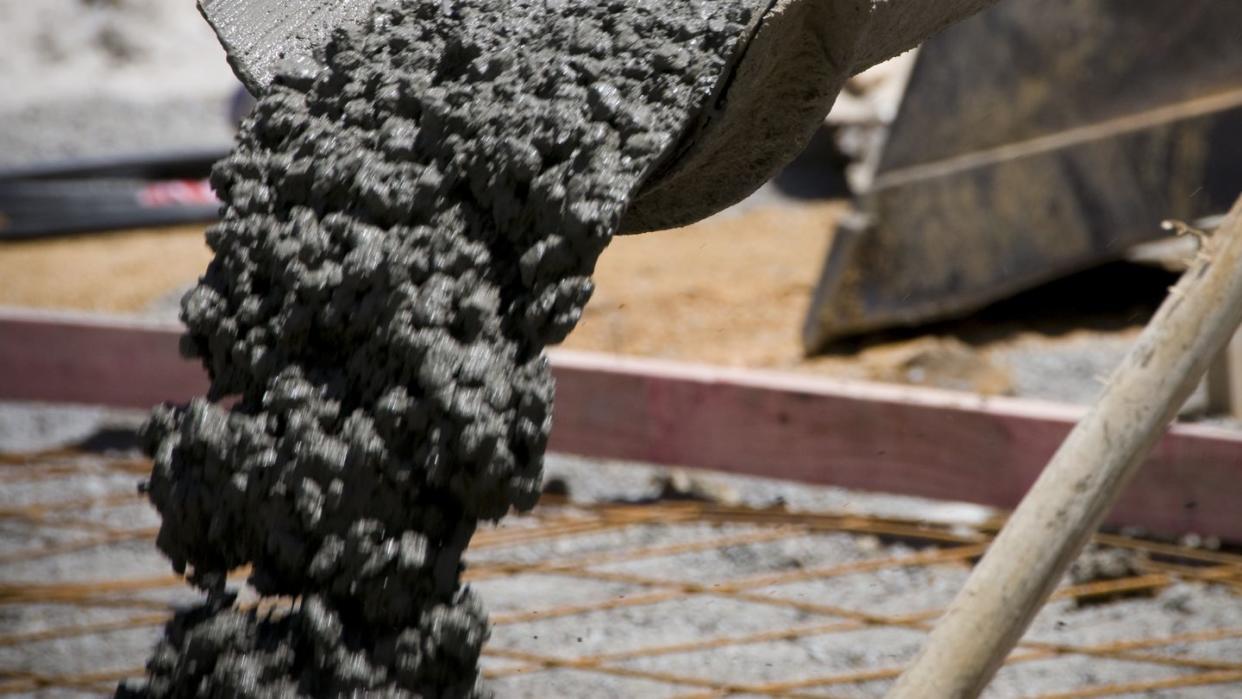Engineers Just Made Concrete 30% Stronger. The Secret Ingredient? Coffee.

Spent coffee grounds (SCG) are the coffee industry’s biggest byproduct, and they’re filling up landfills worldwide.
Looking to keep SCG out of landfills, where they produce more carbon dioxide and methane, scientists from RMIT University in Australia developed a concrete that’s 30 percent stronger when infused with SCG.
Not only could this innovation keep coffee grounds out of landfills while making concrete stronger, it could also curtail the environmental degradation that comes from sourcing natural sand, the fine particle aggregate found in concrete.
Spent coffee grounds (SCG) are the most wasteful byproduct of the entire coffee industry. By one estimate, 60 million pounds of the stuff ends up in landfills around the world. If that wasn’t bad enough, as organic material decomposes, it gives off methane and carbon dioxide—two no good, very bad gasses that are driving climate change.
Thinking of ways to address the ecological concern, scientists from the Royal Melbourne Institute of Technology (RMIT) University in Australia created a biochar (a substance created from pyrolysis) of coffee grounds that actually enhanced the strength of concrete by 30 percent. The results of this study were published in the Journal of Cleaner Production.
“The disposal of organic waste poses an environmental challenge as it emits large amounts of greenhouse gasses including methane and carbon dioxide, which contribute to climate change,” Rajeev Roychand, lead author and professor at the RMIT School of Engineering, said in a press statement. “The inspiration for our work was to find an innovative way of using the large amounts of coffee waste in construction projects rather than going to landfills—to give coffee a ‘double shot’ at life.”
Every year, concrete used in construction projects relies on extracting 55 billion tons of natural sand as the particulate’s rough exterior provides more surface area for water and cement to bind. Sadly, this sand is often sourced from river beds and banks, which disrupts the natural environment. So, replacing sand with spent coffee grounds could solve two ecological problems at once, since SCG are similarly fine particles.
Roychand’s team first scoured coffee shops in Melbourne to source a fresh supply of SGC. The grounds were then dried and heated to different temperatures—662 degrees or 932 degrees Fahrenheit—before undergoing an oxygen-free process known as pyrolysis, where organic molecules vibrate and break down into smaller components. This creates what is known as biochar, a lightweight, charcoal-esque substance.
“Our research team has gained extensive experience in developing highly optimized biochars from different organic wastes, including wood biochar, food-waste biochar, agricultural waste biochar, and municipal solid-waste biochar, for concrete applications,” co-author Mohammad Saberian said in a press statement.
This biochar, created from two different temperatures, was then incorporated in various percentages into Portland cement as a replacement for fine aggregate (in this case natural sand). After pouring in molds, removing air bubbles, and drying at room temperature for 24 hours, the team analyzed the twelve difference mixtures using X-ray diffraction and scanning electron microscopy and came up with a clear winner. A SCG biochar heated at 662 degrees Fahrenheit and replacing 15 percent of natural sand as an aggregate yielded concrete 29.3% stronger in compressive strength.
The researchers also found that pyrolysis was vital for this strength enhancement, as untreated SGC “show[ed] that the leaching of organic compounds from the SCG hinders the hydration reaction of cement particles, thereby significantly hampering the compressive strength of SCG-blended concrete,” according to the paper.
The team is now working toward field trials and eliciting interest from industries that could benefit from this coffee-infused enhancement—both in their cups and in their concrete.
You Might Also Like


